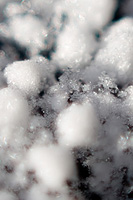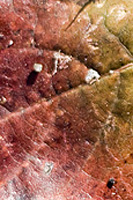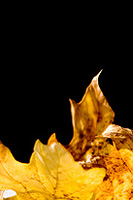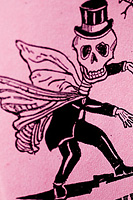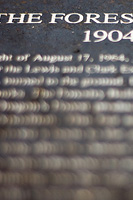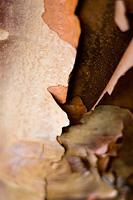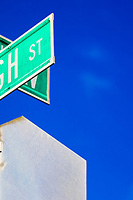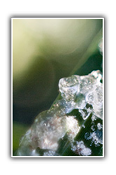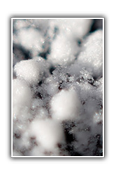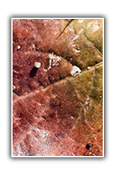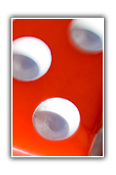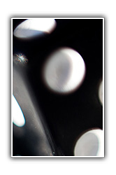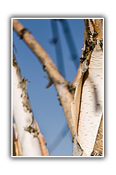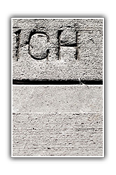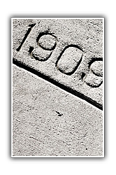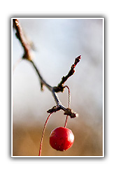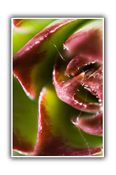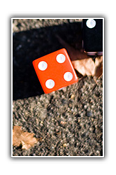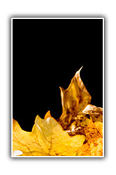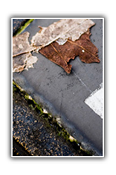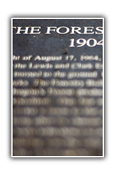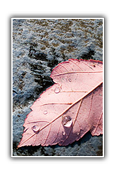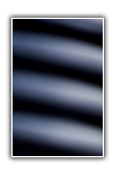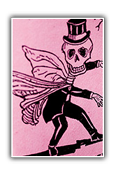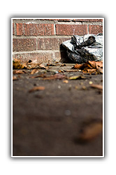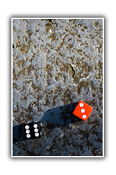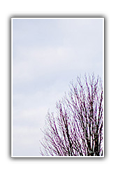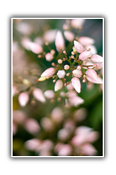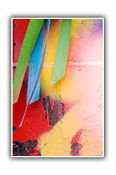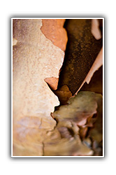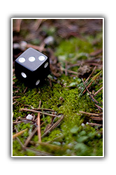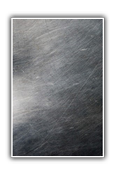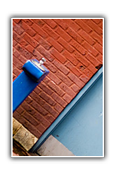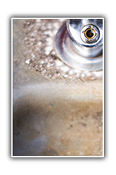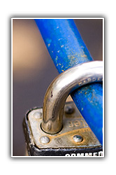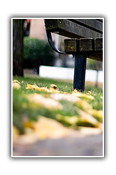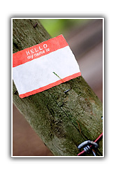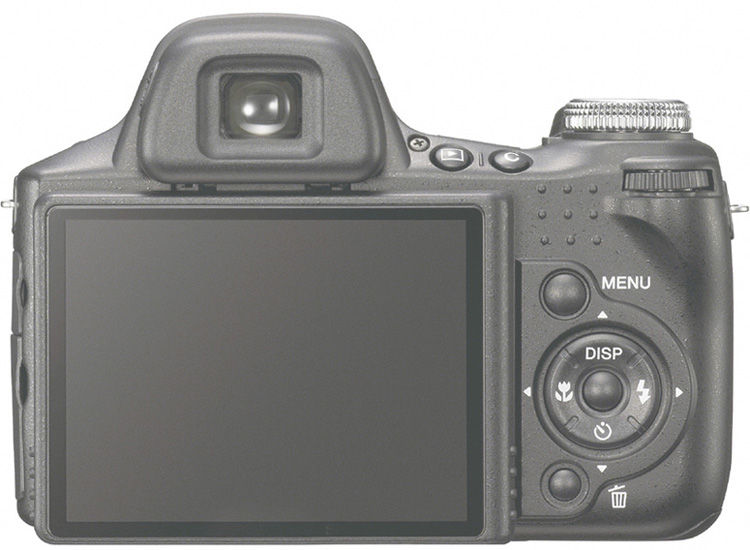
Accidental
Findings
a photographic challenge...


Sometimes the best things in life are unexpected. As a photographer,
I usually decide where to take a picture. I think about the
nature of the photo, its subject, its meaning, its style. Then I find a location that best suits those criteria. But what about
those unexpected places & things we happen upon by chance? I don't usually allow myself the time to wander,
and when I do, I decide where to turn and where to stop. But I wanted a chance to be challenged. I drove to a random area
of town and stepped out with my camera, two lenses, and a pair of dice. The dice dictated my next move. An even number on the red
meant 'go right' and an odd number meant 'go left'. The number on the black dice indicated how many blocks I would walk - then stop.
I then examined my surroundings and the light. To my surprise, in these unplanned and apparently dull locations, I found an abundance of photographic
opportunities.
To see what I saw on this little journey, click on any of the photos to your right. I'll show you
the photographs from every stop and explain more of my artistic processes...

Stop #1.
It was a cold, cloudy morning in northwest Portland - the one after we had that bit of snowfall earlier this winter.
The initial dice roll took
me four blocks to the west. I landed at a standard, residential street corner. It seemed, at first, that I wouldn't find
anything worth photographing. But then a patch of clouds broke and, for just a few minutes, the sun shone through a thin layer of fog.
This is when the light is really beautiful. A cloudy sky mimics a giant soft-box. It diffuse the sunlight, casting an even glow on
the landscape below. But if the clouds break
enough to let a bit of the sun through, it will add light to specific areas; a nice way to draw attention to a focal point in a picture.
Suddenly, my surroundings became much more interesting and there was plenty to keep my camera busy.
(click on a photo on the left
to see a slideshow)



Stop #2.
The second roll brought me to NW Raleigh & 28th. In the amount of time it took me to walk four blocks, much
of the sky had turned to blue. The morning sunlight was becoming much more apparent, casting long shadows and a warmth that I greatly
appreciated on a twenty-eight degree day. I found several interesting things at this stop. For one, the name of the street was carved into the
curb, alongside a date that I couldn't make sense of. What was the significance of that street from 1909 to 2006? Well, anyway. Along with
some red berries, a birch tree (my favorite kind), the street sign, and a lone, little bird perched in someone's driveway, I saw this flower.
The way the yellow sunlight lightly accented its natural colors...I thought it was quite beautiful. I also thought this was an opportunity for
a close-up detail picture. Did you know, if you release your lens and flip
it around backwards, it will mimic a macro lens? On to the next roll. A red four and a black two meant 'go right (north) two blocks'.



Stop #3.
Here was a challenging place. I'm not sure why, but I had to stand in it for several minutes before I
felt inspired by anything I saw. The intersection was a little dirty. Garbage cans were three per block. Lines of parked cars
obstructed the view from almost any angle. As I lamented over the particular sedan in front of me, I saw a single, yellow leaf. It was
delicately sitting in the frost on the top of the car, with its blades pointing straight up, doing its best to impersonate a flickering flame.
Notice how the sunlight intensified this image. Behind it was an alley, dark enough that it faded to a black background. As I
moved on, other leaves struck me as visually interesting. Next I recognized a pink Voodoo Doughnuts box on top of one of the garbage cans. If
you're a true Portlander, you know Voodoo's bacon maple bars. But this wasn't what struck me the most. On the ground next to the garbage can was
a folded army uniform. I wondered about its past. Perhaps it has no past, and that's why it's sitting on the sidewalk. Whatever the reason,
it lent itself to an interesting composition. The light was focused on the area of the uniform but it did not reach the pavement closer to the camera,
creating a natural vignette. Next: six blocks to the left (west).



Stop #4.
NW 26th & Upshur. Another uninspiring intersection. My fingers were now numb, making it difficult to
push the tiny little buttons on the back of the camera. When getting to this point, I find that it helps to sit down and remove
myself from the situation. I closed my eyes for a moment in the hopes that when I opened them again I would see my surroundings in a different
light. (Maybe even literally?) The sky was quickly returning to its cloudy state. I walked back and forth between the four street corners.
Until now, I had focused on things that were in close proximity to me. But then I noticed a water tower in the distance. Its colors were interesting
against the backdrop of the sky. To my surprise, a few feet away a planter housed a flower that was blooming in the middle of winter. Then I noticed a dumpster
that was covered in graffiti. As a whole, it was not all that intriguing. But this is where the art of a camera comes into play. While painting -
and graffiti - are artforms based on addition (you add more and more paint until you complete the picture), photography is based on subtraction.
You point your camera at the subject and - through zooming in/out, moving left/right, etc. - you decide what to leave out of the frame.



Stop #5.
The last roll brought me to the edge of a park. There are usually interesting things to see in a park; even
in the winter, its desolation contributes to the visual intrigue. As I wandered around, I noticed signs of vacancy everywhere; a closed restroom,
a dry drinking fountain, a lock without a bike, a row of empty park benches. At the park entrance was a wooden fence where I saw something that
was especially reflective of the vacant mood: stuck to a post, a name badge sticker without a name written on it.
Whether planned, or by
chance, we can always find significance in the world around us. It only takes an open mind and open eyes to discover many of life's most wonderful
opportunities.



